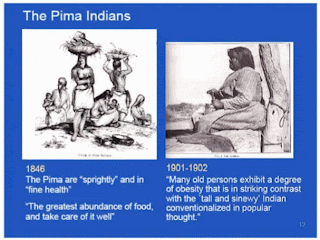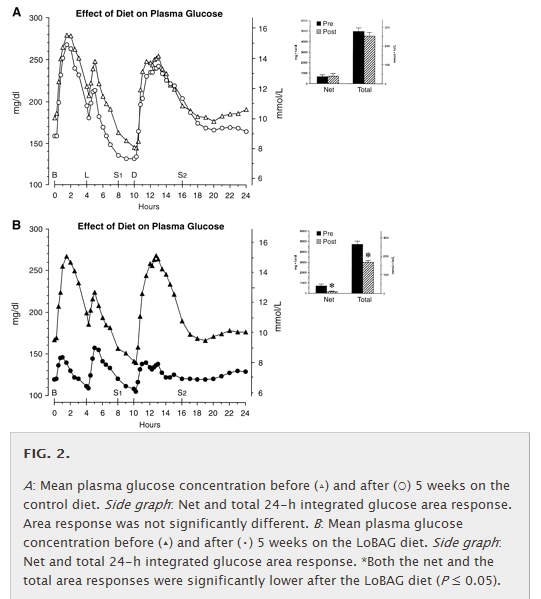So I'm reading some GCBC again ...
... and on p. 408 of my Sony ebook version (this will not coincide with the hard copy, but it is after the glycerol 3P section), Taubes writes: By the mid-1960's, four facts had been established beyond reasonable doubt: (1) Carbohydrates are singularly responsible for prompting insulin secretion. (2) Insulin is singularly responsible for inducing fat accumulation. (3) Dietary carbohydrates are required for excess fat accumulation. (4) Both Type 2 diabetics and the obese have abnormally elevated levels of circulating insulin and a "greatly exaggerated" insulin response to carbohydrates in the diet ... Note the wording "facts". Kinda hard to use the weasely "it's a hypothesis" defense for all the misinformation when one words things this way. But let's consider these in order: (1) We know this isn't true, protein elicits an insulin response. Furthermore fats have been shown to at least amplify insulin responses by, for example, stimu


